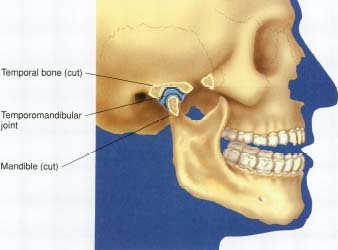Braces alone (brackets and wires) can align and level your teeth to the adjacent teeth (upper teeth with upper teeth and lowers with lowers) but, if your bite is off (upper teeth do not fit well with the lower teeth) we will often rely on the use of elastics (rubber bands) to help correct the bite.
Elastics are most often used during the 2nd half or toward the end of your orthodontic treatment. Depending on the particular bite problem you have, elastics are worn for as little as a few short months to over a year. Most patients must wear them for several months.
Poor elastic wearing cooperation (not wearing them enough every day) will usually lead to extending your treatment time in braces. In some cases of poor cooperation, in order to achieve an acceptable bite, Dr. Boschken may recommend extracting permanent teeth! To avoid this result, simply wear your recommended elastics.
Elastics come in different sizes and strengths. It is important to follow instructions and wear them as directed for you. . Wearing too strong or too weak an elastic or in the wrong direction, can slow down your treatment and extend your time in braces.
If your teeth are a bit sore from your elastics, don’t take them off! By not wearing them all the time, you are only rocking the teeth back and forth, making them very sore and the bite will not improve. If for any reason you cannot wear your elastics (lost, ran out of a supply of them, discomfort, etc…) call us immediately. Elastics are often the last step in your treatment and continuous wear is crucial to achieve a great smile and a healthy bite. So, if you'd like to finish wearing your braces & have them removed, WEAR YOUR ELASTICS!!













 There are many ways you protect your teeth during your treatment with
There are many ways you protect your teeth during your treatment with 















 Some of the food we eat is essential for health and well-being and some is just junk that we could live without. Whether your diet consists of completely healthy foods or whether you eat lots of sugary snacks, everything you eat can be unhealthy for your teeth.
Some of the food we eat is essential for health and well-being and some is just junk that we could live without. Whether your diet consists of completely healthy foods or whether you eat lots of sugary snacks, everything you eat can be unhealthy for your teeth.